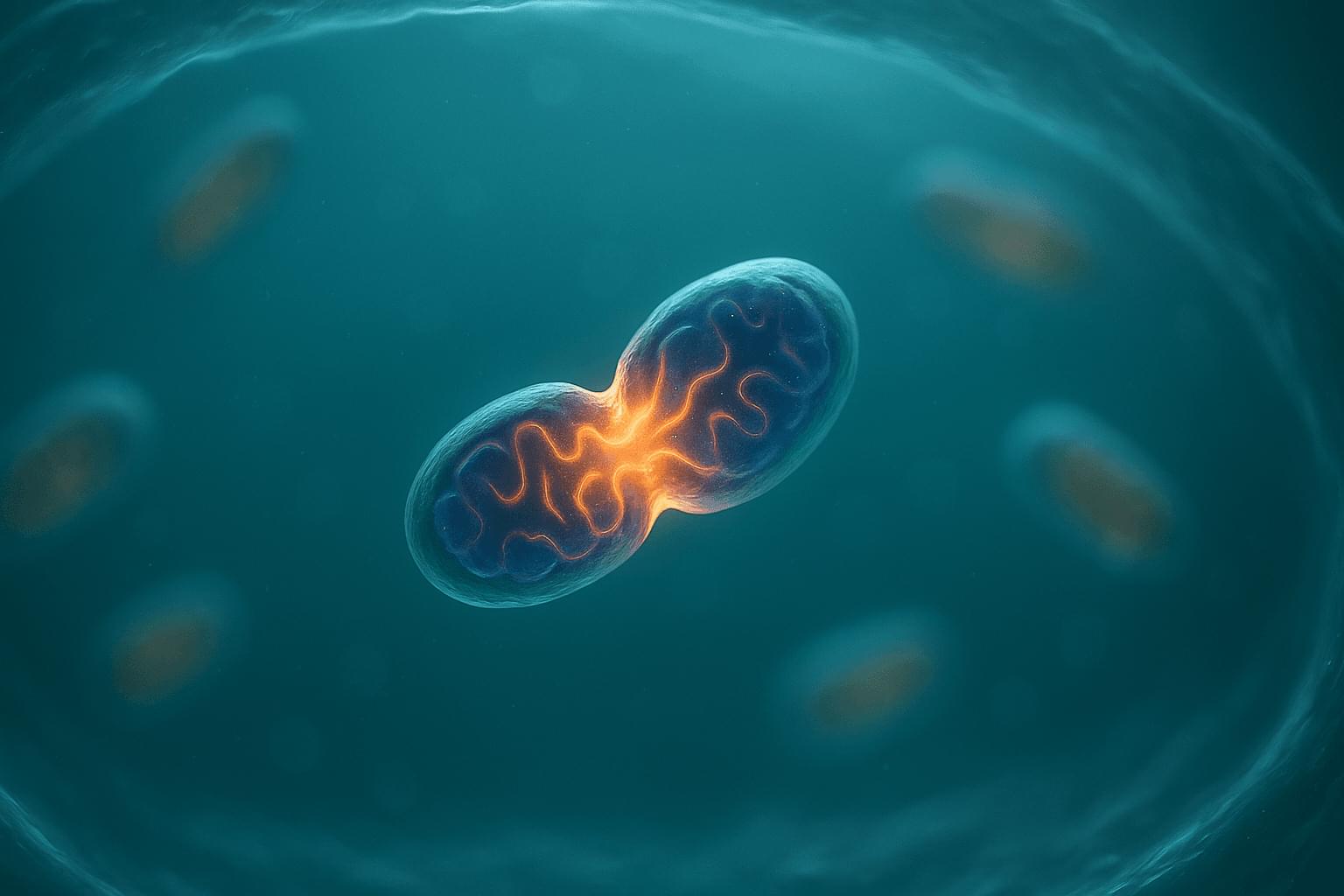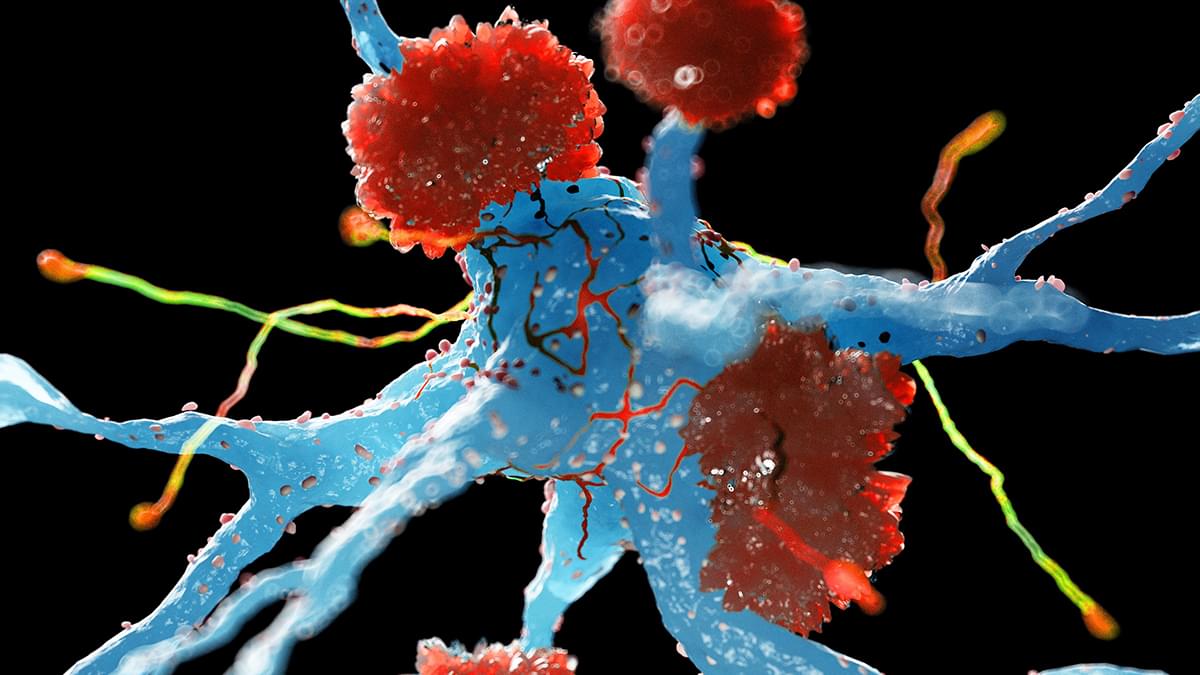Microsoft plans to enhance the security of the Entra ID authentication system against external script injection attacks starting in mid-to-late October 2026.
This update will implement a strengthened Content Security Policy that allows script downloads only from Microsoft-trusted content delivery network domains and inline script execution only from Microsoft-trusted sources during sign-ins.
After rollout, it will protect users against various security risks, including cross-site scripting attacks in which attackers inject malicious code into websites to steal credentials or compromise systems.







